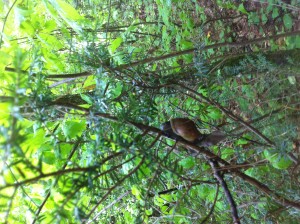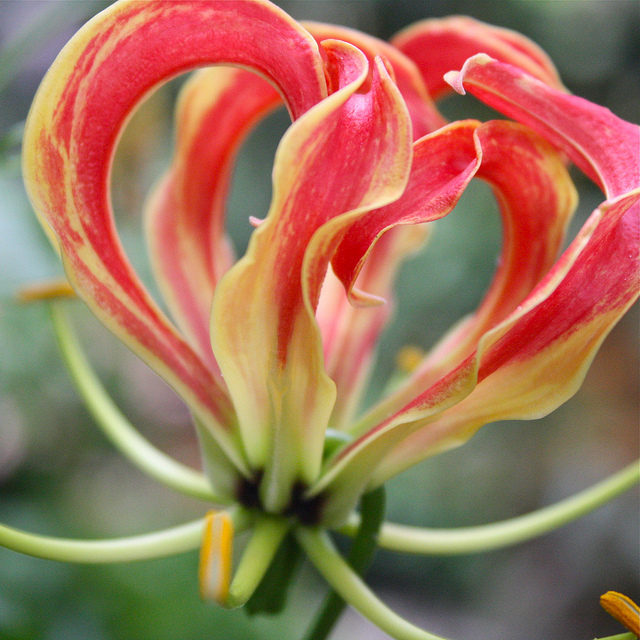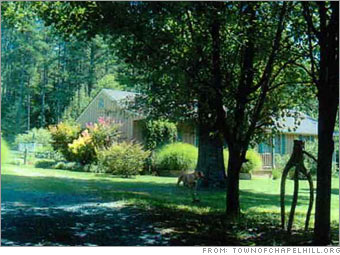Gardening Trends
Like apparel or automotive design, gardening goes through trends. Last year’s trend was vertical gardening, with living walls and treillage seeming to appear in all the gardening magazines and workshops. For cialis 5mg a decade or more “green” and sustainable gardening has been trendy (actually I hesitate to label them “trends”—I don’t think we’ll ever go back to planting increasing numbers of invasive exotic species or trying not to minimize the amount of water and pesticides needed). Other recent trends have included water gardening, the “tropical look,” and incorporating edibles into the landscape (this is another one I’d guess is here to stay).
This year’s trend seems to be cocktail gardening (not to be confused with gardening while intoxicated). Cocktail gardening is growing plants to use in cocktails–more than just a pot of mint for mojitos and using a few tomatoes to make a fresh Bloody Mary. Some folks are growing a dozen different kinds of mint so they can get just the right combination of flavors for their gourmet mojitos. Others are growing various fruits and vegetables selected for their flavor and texture when muddled at the bottom of an icy highball glass. Expect to hear more on cocktail gardening if you’re one to peruse garden periodicals.
This photo shows a large snail munching on an eastern hemlock seedling. It was taken in Aska, Georgia, near the southern end of the Appalachians, where hemlocks are the dominant tree in the forest, more numerous than the oak, maple, pine, tulip poplar, sycamore, and sweet gum and other species they’re found with. Hemlocks in Appalachia, however, are in huge trouble. They are dying by the thousands, not from snail herbivory, but by being bled dry by a little, fuzzy white insect called the hemlock woolly adelgid. A recent visit to the mountains of northern Georgia and western North Carolina let me see the situation first hand. Hardly any of the big hemlocks I saw looked healthy. In our home landscapes, hemlocks are seldom seen exceeding thirty or forty feet in height. In their native forest, they are a canopy tree, often towering twice that height or more. I saw many seedlings and small trees that showed no signs of a problem, but nearly all of the large hemlocks, at least those still alive, had thin canopies. Many of the large hemlocks had already succumbed—huge red skeletons, not yet weakened enough by decay to topple over.
It may take another decade or two, but don’t be surprised if hemlocks across the southeast become like chestnuts and elm trees. There’ll be a few around, but those specimens will be rare curiosities. Hemlocks have played a useful role for us in landscape design as pretty much the only shade tolerant conifer we can grow. If you’ve got hemlocks in your landscape, be prepared to lose them someday. The woolly adelgid can be kept at bay with pesticides, including the systemic imidocloprid, but this class of insecticides already has been outlawed some places and there’s been at least one bill introduced in the Senate to make them illegal in the US (because they’ve been at least partly to blame for the great die-off of honeybees and other pollinators). So, this remedy may not be available for long.
I don’t know what species of snail is in the photo, nor anything more about its diet (but there was more than one individual eating hemlock). I wonder if we lose all (or nearly all) of the hemlocks, whether that snail will disappear, and how many other species dependent on hemlocks will be lost forever.






